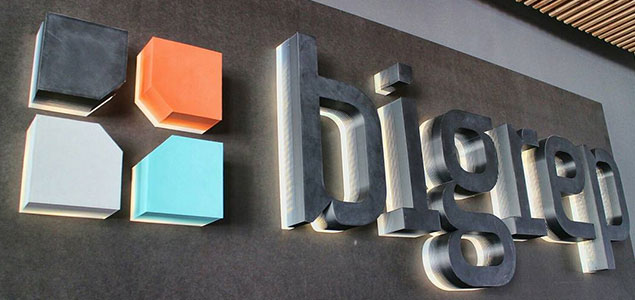Channel letter manufacturers face a rapidly changing industry landscape. Traditional methods are reliable, but 3D printing offers a new level of efficiency and customization. By adopting 3D printing, manufacturers can enhance production speed, reduce costs, and meet diverse client demands.
This article explores the benefits and implementation of 3D printed channel letters.
The Basics of 3D Printing for Channel Letters
What is 3D printing?
3D printing, or additive manufacturing, is a process that transforms digital designs into physical, three-dimensional objects. By depositing material layer upon layer, 3D printers can recreate intricate designs with precision and accuracy. This technology has found applications in various sectors, from healthcare to automotive, and now, in the realm of business signage.
Why 3D printing for channel letters?
The primary allure of 3D printing for channel letters lies in its unparalleled flexibility. Traditional signage methods can often be limiting, especially when it comes to custom designs or rapid modifications. In contrast, 3D printing offers the ability to produce bespoke designs tailored to a business's unique brand identity. This means that businesses can now have signage that is not only functional but also a true reflection of their brand ethos.
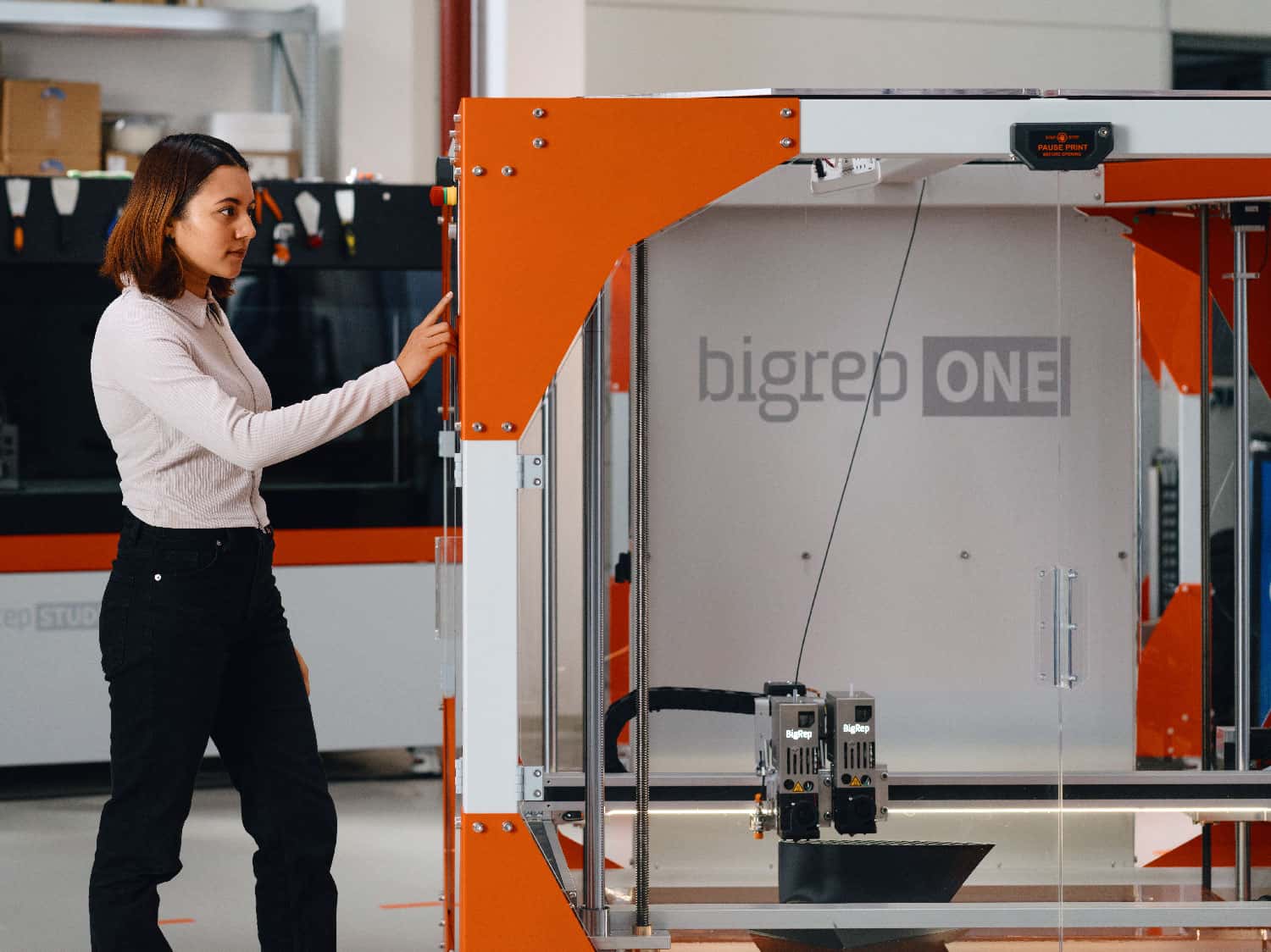
The Simplicity of the 3D Printing Process
1. Designing Your Channel Letters
The first step in the 3D printing journey is creating a digital design. With the advent of intuitive software tools, even those with minimal design experience can craft a digital model of their desired signage. These tools allow for easy adjustments, ensuring that the final product aligns perfectly with the business's vision.
2. Choosing the Right Material
Material selection is crucial in determining the durability and aesthetic appeal of the final product. For 3D printed signage, there's a wide array of materials to choose from, ranging from robust plastics to metals. Each material comes with its set of advantages, allowing businesses to select one that best suits their needs and budget.
3. 3D Printing and Post-Processing
Once the design is finalized and the material selected, the actual printing process begins. Modern 3D printers are efficient, translating digital designs into physical objects with remarkable precision. After printing, some post-processing might be required, such as sanding or painting, to enhance the appearance and longevity of the channel letters.
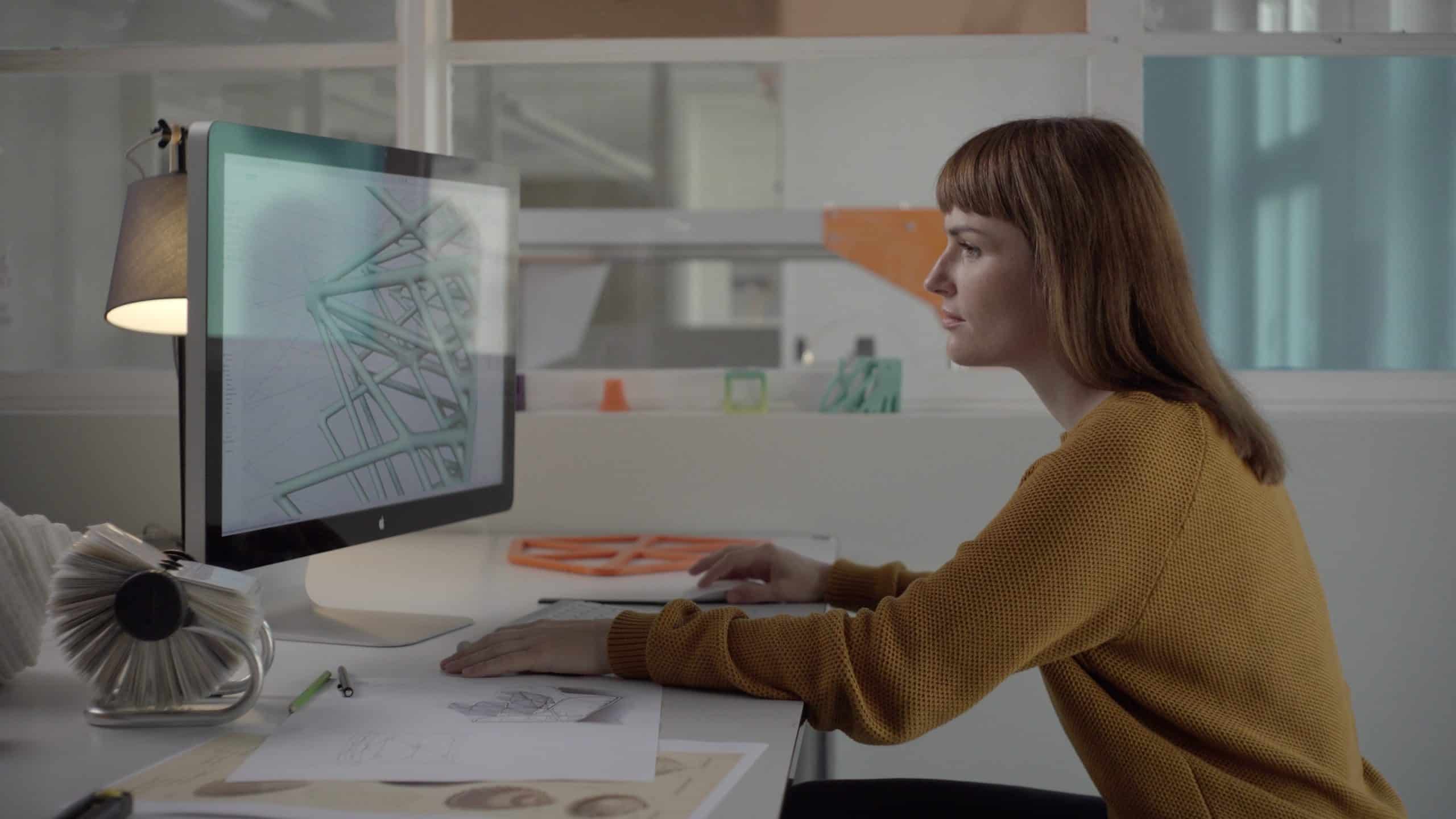
Designing Your Channel Letters
Designing for 3D printing might seem daunting, but with the right approach, it can be a seamless process:
Software Selection: Start by choosing a 3D modeling software that aligns with your skill level. Beginners might find tools like Tinkercad or SketchUp user-friendly, while those with more experience might opt for software like Blender or Fusion 360.
Typography Matters: When designing channel letters, ensure you select a font that is legible and aligns with your brand's identity. Remember, thicker fonts tend to be more durable and easier to print. Consider the 3D printer’s capabilities regarding the dimensions of your sign; for example, very thin letters may not be printable.
Scaling and Dimensions: Ensure your design is to scale. Measure the space where the sign will be placed and adjust your digital model accordingly. This ensures that the final print fits perfectly in its intended location.
Save in the Right Format: Once your design is complete, save it in a format compatible with your 3D printer, typically .STL or .OBJ.
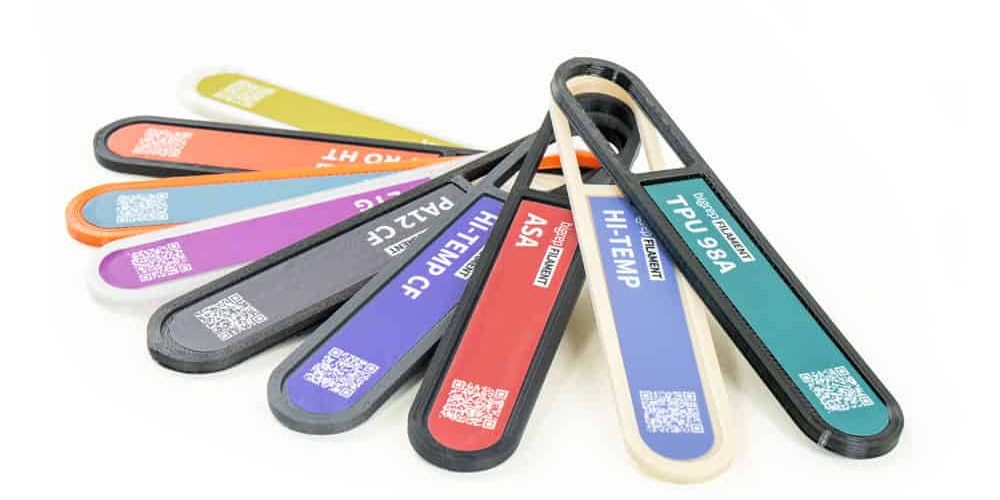
Choosing the Right Material
Selecting the appropriate material is paramount, as it dictates the longevity, appearance, and overall effectiveness of your channel letters:
PLA (Polylactic Acid): A popular choice for 3D printing, PLA is bio-based, user-friendly, and cost effective. Available in a myriad of colors, it's perfect for indoor signs due to its sensitivity to UV rays and high temperatures.
ASA (Acrylonitrile Styrene Acrylate): Known for its exceptional UV resistance and durability, ASA is an excellent choice for outdoor signage. It retains color and mechanical properties even when exposed to prolonged sunlight, making it superior to ABS for outdoor applications. While it offers a finish similar to ABS, it's essential to note that ASA requires a heated print bed and might be a bit more challenging to print with than PLA.
PETG (Polyethylene Terephthalate Glycol): Merging the printability of PLA with the resilience of ASA, PETG stands out as a versatile choice. Its UV resistance and strength make it suitable for both indoor and outdoor channel letters. In addition, PETG has the highest light transmission of the commonly used FFF materials. This can be a benefit when producing channel letters and signage.
Consider Finish and Durability: When deciding on a material, factor in the environment your sign will be placed in. For outdoor signs, UV-resistant and waterproof materials like ASA and PETG are ideal. Also, envision the desired finish—whether glossy, matte, or textured—and select your material to achieve that effect.
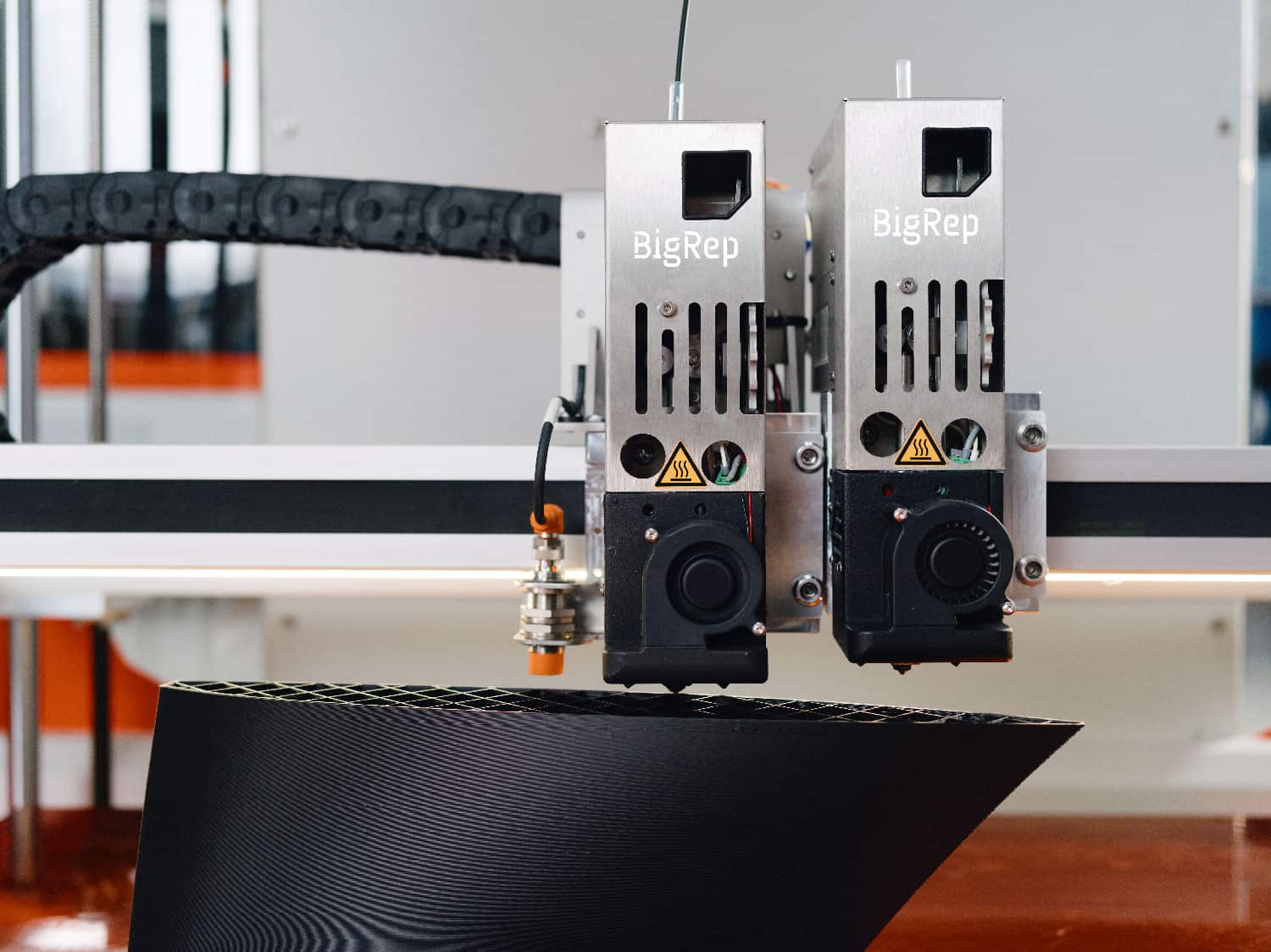
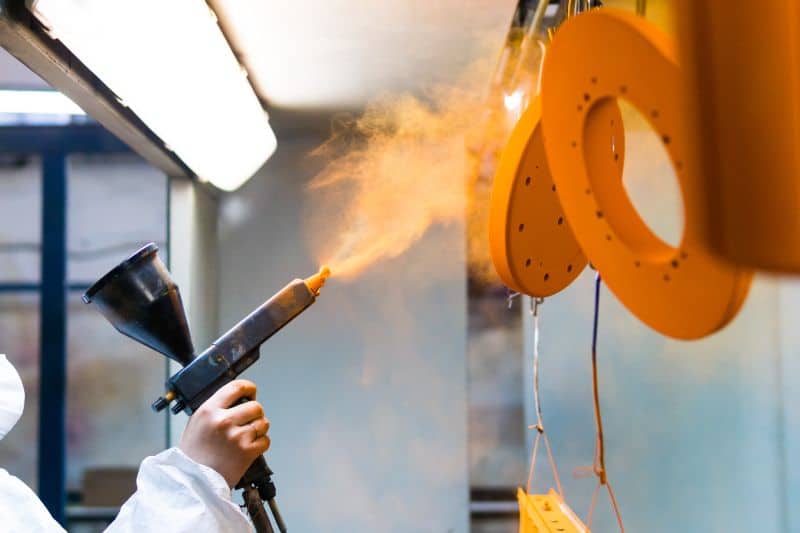
3D Printing and Post-Processing
Once you've settled on a design and chosen your material, it's time to bring your channel letters to life.
Printer Calibration: Before starting, ensure your 3D printer is calibrated. This means checking that the print bed is level, the nozzle is clean, and the temperature settings align with your chosen material. For instance, ASA usually requires a higher extruder temperature than PLA.
Support Structures: Depending on the complexity of your design, you might need to add support structures. These temporary structures help in printing overhangs or intricate details and can be removed post-printing. The support structures can be created during slicing when you make your 3D printing file, called gcode. Slicing software like BigRep BLADE can automatically create the needed support structures from default settings.
Layer Resolution: Decide on the layer height for your print. A smaller layer height will give a smoother finish but will take longer to print. Conversely, a larger layer height is quicker but might require more post-processing to achieve a smooth appearance.
Post-Processing: After printing, some cleanup and finishing touches might be necessary. This can include:
- Support removal: To remove the support structures, by either breaking them off manually or dissolving them if you use water-soluble support material, like BigRep BVOH.
- Sanding: To smooth out layer lines or imperfections.
- Painting or Sealing: Especially if you want a specific color or need additional protection against the elements.
- Assembly: If your sign consists of multiple parts, you'll need to assemble them, which can be done using strong adhesives or other joining methods.
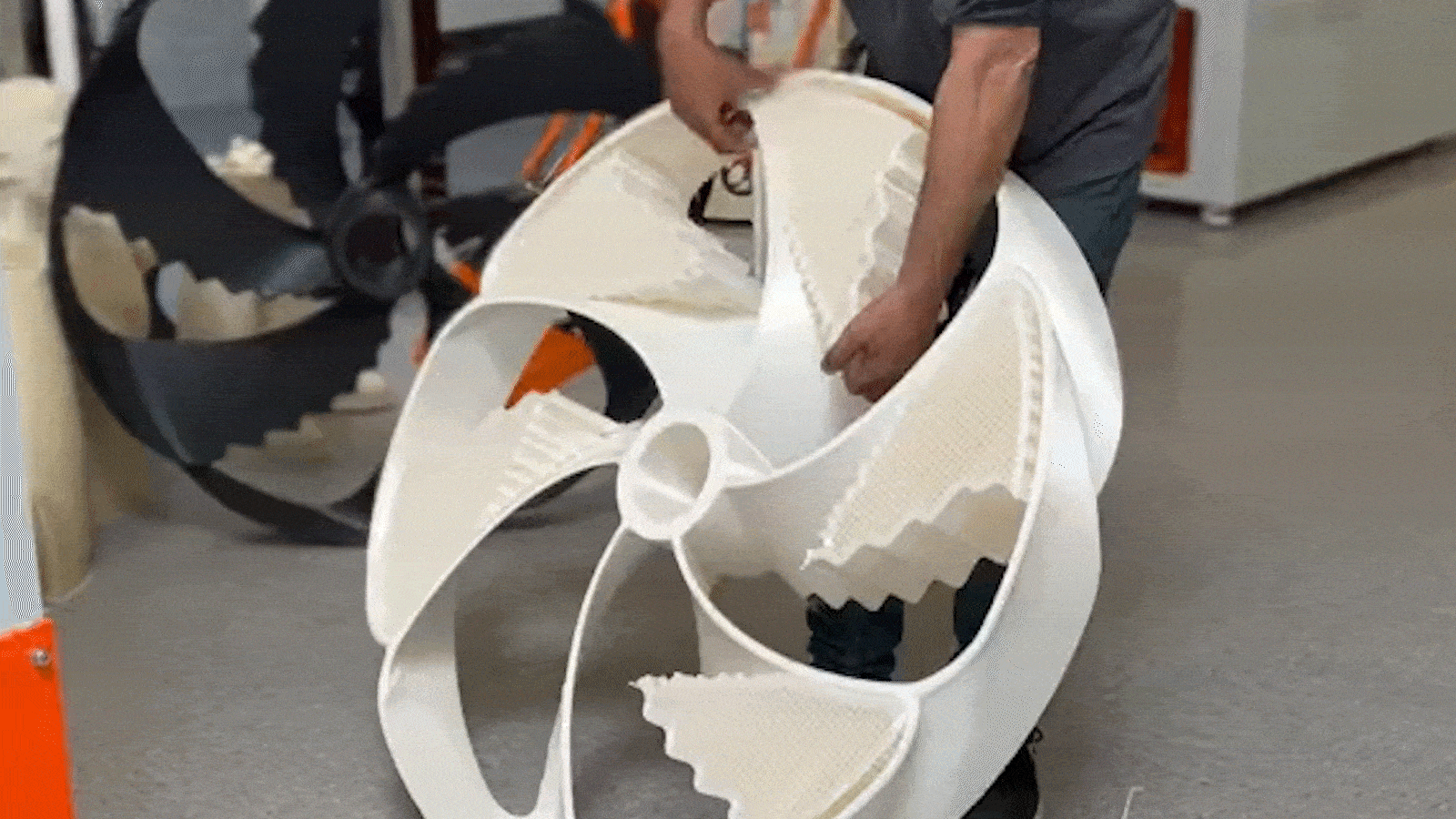
Cost Implications for 3D Printing Channel Letters
Initial Investment
While there's an upfront cost associated with purchasing a 3D printer, materials, and software, the long-term benefits often outweigh these initial expenses. When compared to the recurring costs of traditional signage methods, especially for custom designs, 3D printing can offer substantial savings.
Long-Term Savings
The ability to print in-house eliminates the need for outsourcing, reducing lead times and costs. Moreover, the flexibility of 3D printing means that design alterations can be made swiftly without incurring significant expenses. This adaptability is especially beneficial for businesses that require seasonal or promotional signage changes. Aside from creating 3D printed channel letters, a 3D printer can be used to make virtually anything, so if you have one in house, you will surely find many additional applications that are made simpler and less expensive with 3D printing.
Real-Life 3D Printing Success Stories
ProLicht Makes Complex and Custom 3D Printed Signs
ProLicht develops and produces solutions for illuminated advertising and complex advertising installations for brands and corporate designs worldwide. They rely on modern technological, including their BigRep ONE, to be able to create highly individualized products with superior quality.
The BigRep ONE is integrated into ProLicht's streamlined workflow with 95% in-house production. This guarantees quality management so that control of implementation is almost exclusively in their our hands.
ProLicht boasts a complete portfolio that meets all requirements for inside and outside CI/CD of global brands.
Through quality and sustainability in the development, production, and installation of their signware solutions, ProLicht can create long-lasting value.
BigRep Headquarters Illuminated Channel Letters
The BigRep creative team shows how they 3D printed a large-scale customized sign with the size, font, and color of their choice. The sign was designed to be printed on a BigRep ONE without any support filament, which made the print very fast and inexpensive. With dual extrusion, two different filaments (one colored and one transparent) are integrated into a single print to blend the branded colors with light diffused through the transparent material.
Tips and Tricks for 3D Printing Channel Letters
Maximizing the Lifespan of Your 3D Printed Channel Letters
Regular maintenance can extend the life of your sign. This includes periodic cleaning to remove dust and debris and checking for any signs of wear or damage. If your sign is outdoors, consider applying a UV-resistant sealant to further protect against the elements.
Creative Ideas
3D printing offers a realm of possibilities. Think beyond just letters. Incorporate logos, symbols, or even interactive elements into your signage. With 3D printing, you're only limited by your imagination.
Maintenance and Care
Ensure your sign is securely mounted to prevent any damage from strong winds or other external factors. Regularly inspect for any signs of wear or damage and address any issues promptly to maintain the sign's integrity and appearance.

The world of business signage has been transformed by the capabilities of 3D printing. For manufacturers, this technology offers an avenue to create distinctive, durable, and cost-effective signage that truly resonates with their brand's identity. As the world of 3D printing continues to evolve, it's a well-timed moment for businesses to embrace this innovation and stand out in a competitive market.
Embracing innovation is the hallmark of a forward-thinking business. If you've been inspired by the potential of 3D printed channel letters, now is the time to take the leap. Whether you're just starting out or looking to revamp your existing signage, 3D printing offers a world of possibilities.
Have you already ventured into the realm of 3D printed signage? Or perhaps you're teetering on the edge of making the decision?
Get in touch! Let's redefine the future of business signage!
LARGE-SCALE INNOVATION. LIMITLESS CREATIVITY.
The BigRep ONE is an award-winning, large-format 3D printer at an accessible price point. With over 500 systems installed worldwide, it's a trusted tool of designers, innovators, and manufacturers alike. With a massive one-cubic-meter build volume, the fast and reliable ONE brings your designs to life in full scale.
LARGE-SCALE INNOVATION. LIMITLESS CREATIVITY.
The BigRep ONE is an award-winning, large-format 3D printer at an accessible price point. With over 500 systems installed worldwide, it's a trusted tool of designers, innovators, and manufacturers alike. With a massive one-cubic-meter build volume, the fast and reliable ONE brings your designs to life in full scale.
